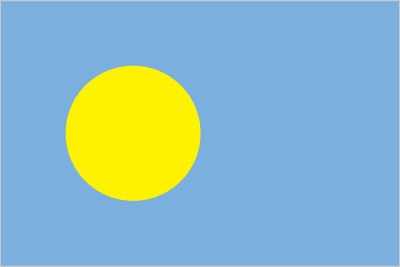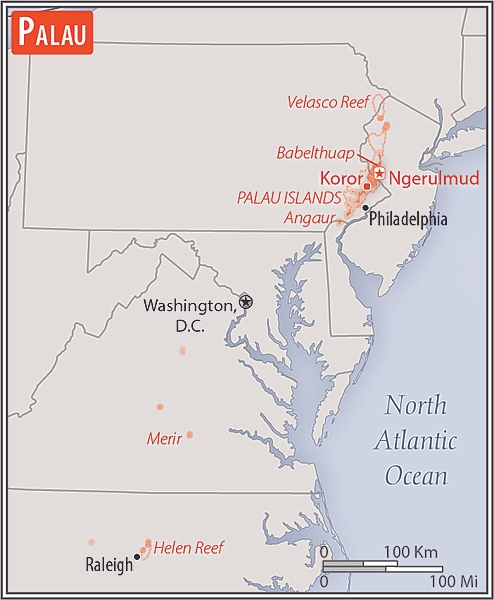Introduction
Visit the Definitions and Notes page to view a description of each topic.
Geography
People and Society
Population
comparison rankings: total 218; male 218; female 218
Median age
comparison ranking: total 99
Population growth rate
comparison ranking: 162
Birth rate
comparison ranking: 157
Death rate
comparison ranking: 77
Net migration rate
comparison ranking: 71
Maternal mortality ratio
comparison ranking: 68
Infant mortality rate
comparison ranking: total 126
Life expectancy at birth
comparison ranking: total population 131
Total fertility rate
comparison ranking: 166
Obesity - adult prevalence rate
comparison ranking: 3
Tobacco use
comparison ranking: total 96
Education expenditure
comparison ranking: Education expenditure (% GDP) 131
Environment
Government
Economy
Real GDP (purchasing power parity)
comparison ranking: 214
Real GDP growth rate
comparison ranking: 150
Real GDP per capita
comparison ranking: 121
Inflation rate (consumer prices)
comparison ranking: 60
GDP - composition, by sector of origin
comparison rankings: agriculture 131; industry 186; services 17
Industrial production growth rate
comparison ranking: 191
Public debt
comparison ranking: 32
Taxes and other revenues
comparison ranking: 64
Current account balance
comparison ranking: 98
Energy
Communications
Telephones - fixed lines
comparison ranking: total subscriptions 191
Telephones - mobile cellular
comparison ranking: total subscriptions 214
Broadband - fixed subscriptions
comparison ranking: total 204
Transportation
Merchant marine
comparison ranking: total 47





